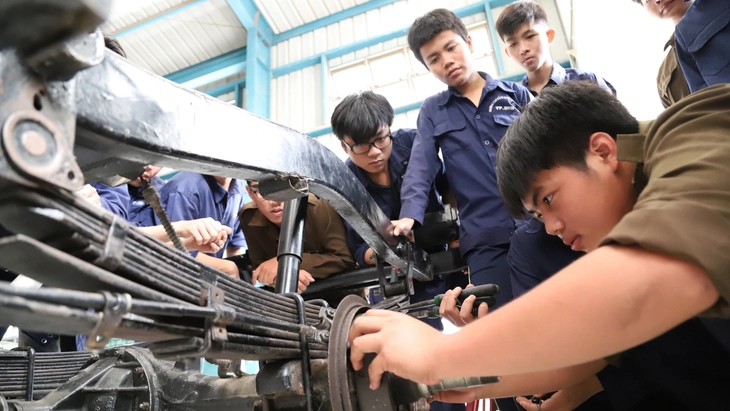
Vocational training at Ho Chi Minh City College of Economics and Technology - Photo: NHU HUNG
According to Master Vo Cong Tri, Vice Principal of Saigon College of Technology and Tourism , the enrollment situation for the 9+ system this year faces many challenges.
The biggest reason is that Ho Chi Minh City plans to enroll up to 80% of junior high school graduates into public high schools in the 2025-2026 school year, compared to 65% last year.
No small challenge
Mr. Tri analyzed that this makes the remaining number of students for vocational schools, continuingeducation centers and private schools only account for about 20%.
With the number of students expected to graduate from junior high school at about 88,772, more than 71,000 students have the opportunity to be considered for admission to grade 10 of public high schools, narrowing the recruitment source for the 9+ system. This reality creates great pressure for vocational schools in finding students.
Dr. Hoang Quoc Long, principal of Nguyen Tat Thanh Secondary School, said that this year the source of students for the 9+ system is much less than previous years, and there are also challenges due to the quota ratio of public grade 10.
Ho Chi Minh City's increase in the quota for public 10th graders to 80% means that only 20% of 9th graders will be left for secondary schools, colleges and continuing education to "share".
In the context that colleges in the vocational education sector are also competing to retain their enrollment sources, intermediate schools may lose out if they do not adapt quickly.
A college representative said this year is a special year when the system of colleges and intermediate schools is transferred from the Ministry of Labor, Invalids and Social Affairs to the Ministry of Education and Training.
Ahead of the transition, the school said it was temporarily “keeping pace” and was in no rush to launch new majors or expand its programs. The school would wait for further guidance from the new governing body to calculate more appropriate steps.
Vocational schools must also change.
Dr. Hoang Van Phuc, principal of Saigon Polytechnic College, said that besides difficulties in recruitment sources, vocational schools also need to proactively change themselves.
“Schools cannot maintain the image of being a gateway for students who have failed the 10th grade public exam. Instead, what needs to be done is to change to attract students to choose them from the beginning,” said Mr. Phuc.
According to Mr. Phuc, these could be advantages such as shorter study time, early graduation, stable job and many development directions after graduation.
To do that, schools need to adjust their development strategies: improve the quality of their teaching staff, improve facilities, innovate teaching methods and expand links with businesses to ensure output.
In addition, Mr. Phuc said that international cooperation with labor recruitment partners in Korea, Japan, etc. also helps open more doors to labor export for students in need. Thanks to that, students will have more diverse and practical career options.
MSc. Nguyen Dang Ly, principal of Ho Chi Minh City International College, cited the school's proactive efforts to enhance soft skills content as an added benefit for students choosing to study in the 9+ system.
For example, leadership skills programs are included in the training program for students in the 9+ system.
“We regularly organize specialized seminars on each profession, helping students gain more perspectives and understand their career choices,” Mr. Ly shared.
In addition, the school also focuses on training teachers in specific subjects to improve teaching quality.
English programs are enhanced, including in-class activities and extracurricular clubs, helping students gain more confidence and have more opportunities in the future.
According to Mr. Ly, constantly innovating training content and methods is the way for vocational schools to affirm their value and attract learners in the context of increasingly narrowing recruitment sources.
Innovation in approach to students and parents
MSc Vo Cong Tri said the school is aiming to innovate its approach to students and parents. Counseling sessions are held right from junior high school, combined with practical experience activities at school. In addition, the school takes advantage of digital platforms such as social networks, livestreams, and video clips to convey information more vividly and easily accessible.
Concerns about tuition policy
At the 21st session in February 2025, the Ho Chi Minh City People's Council passed a resolution to support tuition fees for all preschool students, public and non-public high school students and continuing education students in the 2025-2026 school year.
In which, the tuition support level for the high school continuing education system ranges from 100,000 - 120,000 VND/student/month depending on the region.
However, some financially autonomous vocational schools expressed concern if this humane policy did not include some flexibility.
Associate Professor Dr. Bui Van Hung, principal of the College of Technology II, said that currently, students of the 9+ program at the school are exempted from vocational training tuition fees according to Resolution 81 of the Government. The tuition fee for the cultural program under the high school continuing education system is still regulated by the school and collected according to the actual payment to the lecturers.
According to him, if the city stipulates a fixed tuition support level of 100,000 - 120,000 VND/student/month without allowing autonomous schools to flexibly adjust according to reality, it will make it difficult to maintain teaching activities in the 9+ system.
For example, at his school, a cultural program lesson currently costs about 150,000 VND, while if the subsidy is only 120,000 VND/student, it is clearly... a loss.
“This case really needs a more flexible mechanism, so that autonomous schools like ours can proactively balance finances and maintain training quality,” he said.
Source: https://tuoitre.vn/nhung-ly-do-truong-nghe-so-khong-co-dau-vao-20250502231339427.htm





![[Photo] Prime Minister Pham Minh Chinh chairs a meeting on the implementation of the Lao Cai-Hanoi-Hai Phong railway project.](https://vphoto.vietnam.vn/thumb/1200x675/vietnam/resource/IMAGE/2025/5/20/0fa4c9864f63456ebc0eb504c09c7e26)








![[Video] Reducing pressure on students and parents when enrolling students](https://vphoto.vietnam.vn/thumb/402x226/vietnam/resource/IMAGE/2025/5/20/65c99b421e0a4647980764de9c76846a)

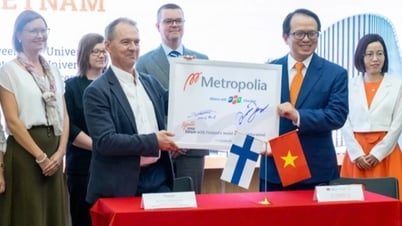








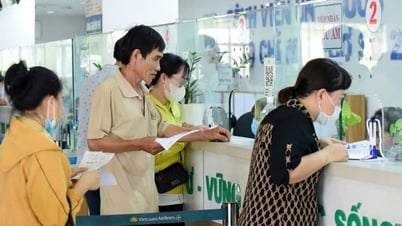

























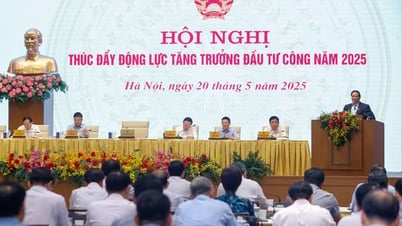




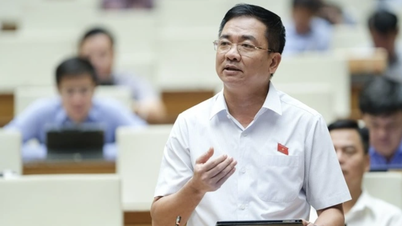
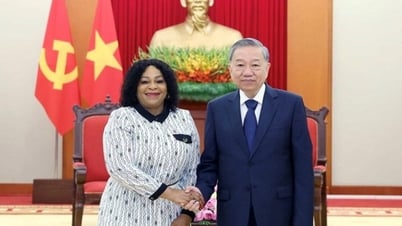

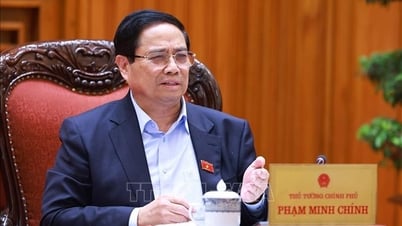


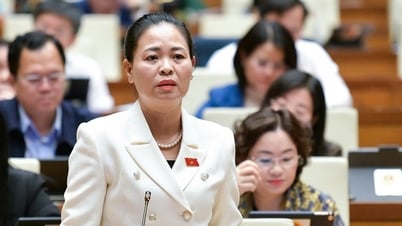



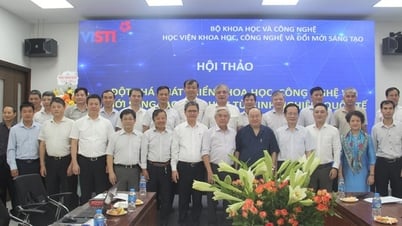
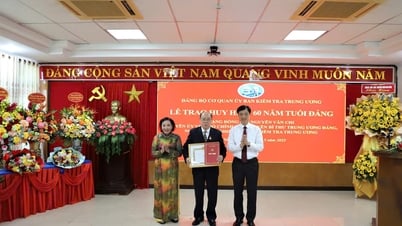

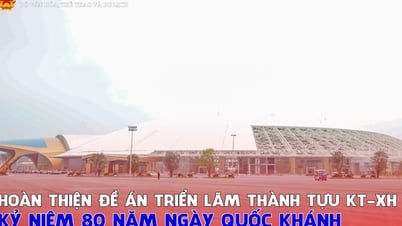

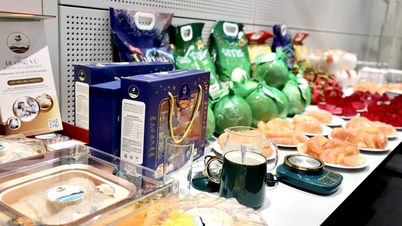




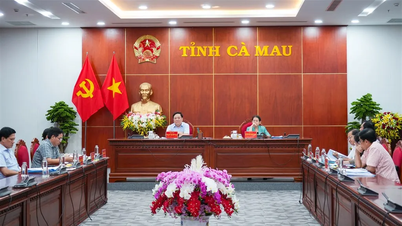

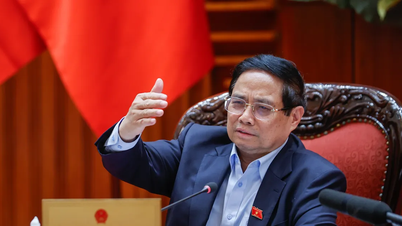


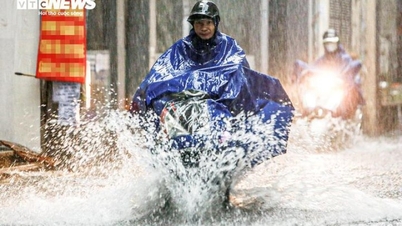
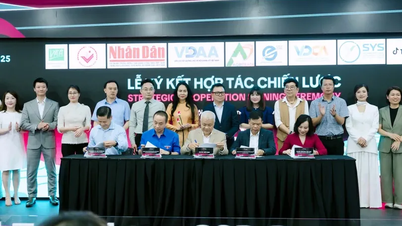












Comment (0)